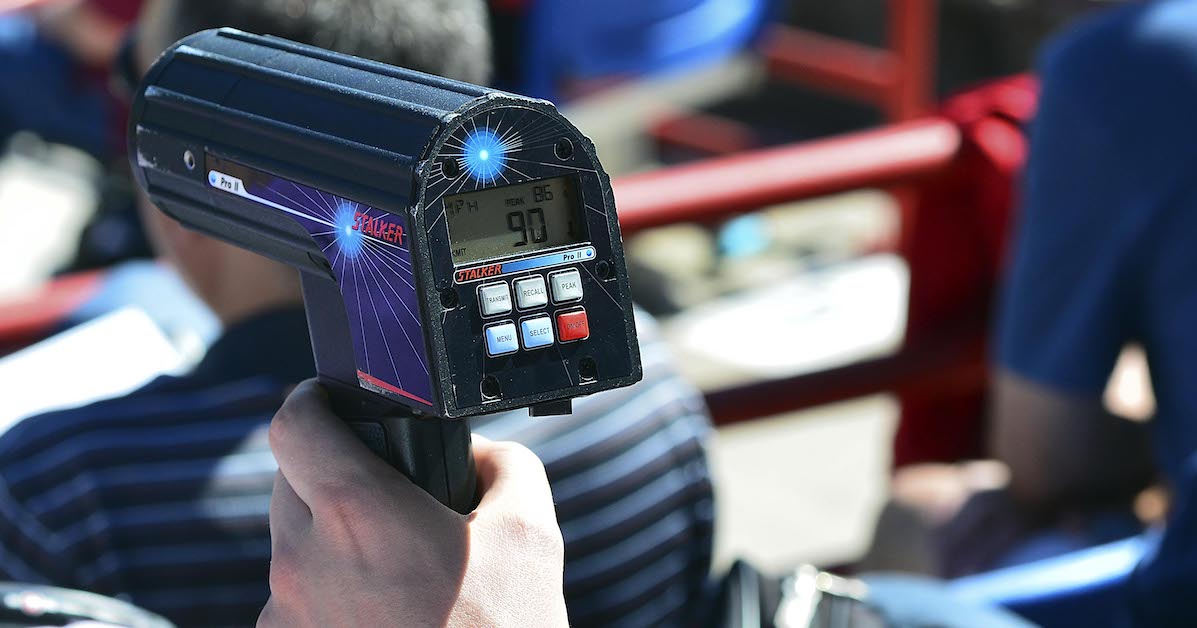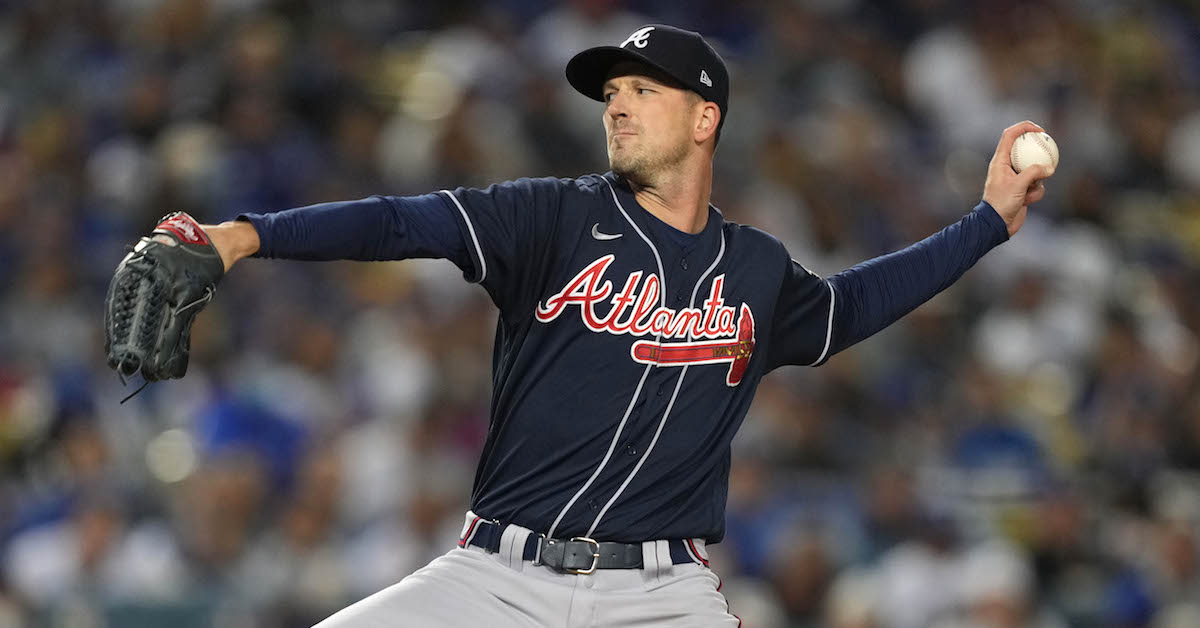Position: Baseball Projects Assistant
Department: Baseball Projects
Reports To: Director, Baseball Projects
Status: Exempt
Primary Objective:
Responsible for organizing information and processes across player development, player acquisition, in-game strategy, and other areas of the broader Baseball Operations group, with an emphasis on creating innovative tools and streamlining communications.
Essential Functions:
- Curate and deliver data-driven player plans across all levels of the organization, both in-season and during the offseason (Best Version of Yourself (BVY) player improvement manual initiative)
- Stimulate growth of Mariners scouting infrastructure including, but not limited to, Draft Portal innovations, Draft Room moderation and amateur player pool management
- Enhance advance scouting data pipelines, improve advance reporting user interface, and educate broader Baseball Operations staff on advance processes.
- Accelerate growth of High Performance department; including, but not limited to, designing report infrastructure, collaborating on Player Plan objectives, and researching new predictive tools
- Operationalize computer vision algorithms into a breadth of creative projects
- Spearhead roster management tools & player pool exercises; including, but not limited to the Offseason Survey, back of the roster exercises and pro scouting support tools
- Streamline processes via cloud computing/storage to improve computational efficiency on processes throughout the broader Baseball Operations group
- Design cross-departmental tools, websites and reports to bring analytical information to life
- Deliver educational materials to communicate quantitative information and strategy across the organization
- Field ad hoc requests from coaches, scouts and other staff about internal processes
- Contribute to player acquisition decisions in both formal and informal contexts
- Will perform other duties as assigned
Education and Experience:
- Bachelor’s degree in statistics, computer science, mathematics or any other STEM field related to data science required. Equivalent, relevant work experience may be considered in lieu of formal education with management approval.
Competencies, Knowledge, Skills and Abilities (KSA’s):
- Proficiency handling large datasets in R, SQL, Python, and/or comparable languages
- Demonstrated initiative as a team-oriented leader
- Working knowledge of baseball analytics, strategy and trends
- Shiny application or other web development experience
- Excellent interpersonal skills with proven ability to work in a fast-paced environment
- Self-motivated, creative and innovative with a high degree of integrity and attention to detail
- Experience building predictive models preferred
- Basic Spanish proficiency preferred
- Shares and expresses thoughts in a clear and effective manner through verbal and written communication skills. Exhibits effective listening skills and builds positive relationships with all team members, vendors, and guests. Is diplomatic, tactful and professional in all forms of communication.
- Understands and supports the team and is quick to volunteer to assist others. Others view most interactions as being positive with a willingness to achieve common goals. Effective in working with others to cooperatively solve problems. Workplace behavior is consistently respectful of others.
- Takes personal responsibility for getting things done in a way that positively and professionally represents the organization
- Demonstrates through their actions and interactions with others a commitment to Mariner Purpose, Mission and Values
- Competent in required job skills and knowledge. Completes work assignments thoroughly and completely in an accurate, and prompt way. Identifies and corrects errors. Is careful, alert and accurate, paying attention to details of the job.
To Apply:
To apply, please follow this link.
Position: Baseball Projects Intern
Department: Baseball Projects
Reports To: Director, Baseball Projects
Status: Non-Exempt
Primary Objective:
Responsible for: Creating innovative tools and streamlining communications at the intersection of baseball analytics and baseball operations, delivering projects to support player development, player acquisition, in-game strategy and other projects.
Essential Functions:
- Design cross-departmental tools, websites and reports to bring analytical information to life
- Provide quantitative support to Player Plan, high performance, advance scouting and other player improvement processes
- Contribute to amateur and professional player acquisition decisions in both formal and informal context
- Field ad hoc requests from coaches, scouts and other staff about internal metrics and processes
- Complete other projects as assigned by Director, Baseball Projects
- Will perform other duties as assigned
Education and Experience:
- Bachelor’s degree in statistics, computer science, mathematics or any other STEM field related to data science preferred
- Equivalent, relevant work will be considered in lieu of formal education may be approved by management
Competencies, Knowledge, Skills and Abilities (KSA’s):
- Proficiency handling large datasets in R, SQL, Python, and/or comparable languages required
- Demonstrated initiative as a team-oriented leader required.
- Working knowledge of baseball analytics, strategy and trend
- Shiny application or other web development experience
- Excellent interpersonal skills with proven ability to work in a fast-paced environment
- Self-motivated, creative and innovative with a high degree of integrity and attention to detail
- Experience building predictive models preferred
- Ability to communicate in Spanish preferred
- Shares and expresses thoughts in a clear and effective manner through verbal and written communication skills. Exhibits effective listening skills and builds positive relationships with all team members, vendors, and guests. Is diplomatic, tactful and professional in all forms of communication.
- Understands and supports the team and is quick to volunteer to assist others. Others view most interactions as being positive with a willingness to achieve common goals. Effective in working with others to cooperatively solve problems. Workplace behavior is consistently respectful of others.
- Takes personal responsibility for getting things done in a way that positively and professionally represents the organization
- Demonstrates through their actions and interactions with others a commitment to Mariner Purpose, Mission and Values
- Competent in required job skills and knowledge. Completes work assignments thoroughly and completely in an accurate, and prompt. Identifies and corrects errors. Is careful, alert and accurate, paying attention to details of the job.
- Makes decisions and takes actions that contribute to exceptional experiences for guests
Physical Activities and Working Conditions:
- Seattle-based and works out of T-Mobile Park. Remote opportunities may be available on a case-by-case basis.
To Apply:
To apply, please follow this link.
The content in this posting was created and provided solely by the Seattle Mariners.








